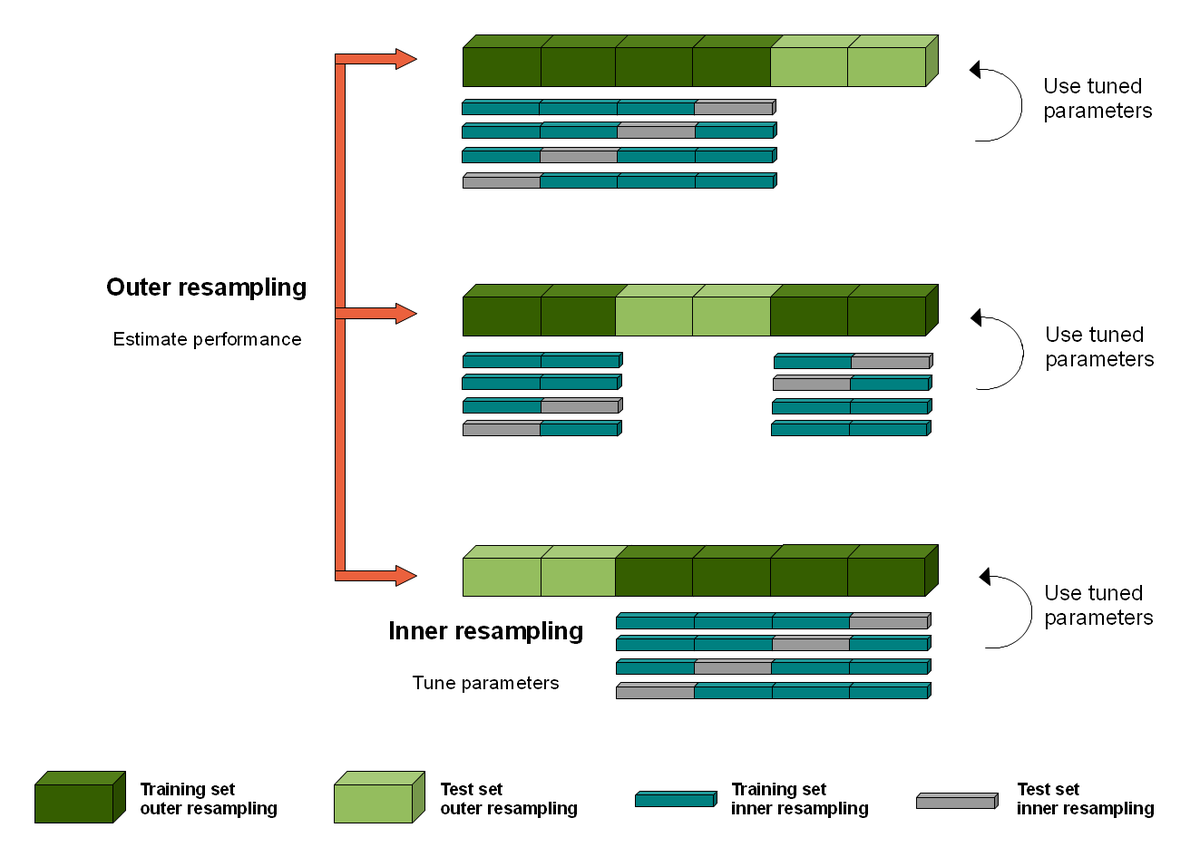I favour the latter, because IMO it is both more useful and... more honest. IMO:
1/13
1) you shouldn't discard information by turning a range of probabilities into a binary
2) probabilities are more useful at the clinical coalface
2/13
No model discards information. The continuous output score always exists. It is how you make use of that information at point of care that "changes".
I use airquotes around "changes", because this is a ... false dichotomy 😆
3/13
The question isn't discrete vs not, but "how many different decisions could a clinician make?"
4/13
So how many treatment plans are there?
Do we think there are 1000? 100?
In almost all clinical tasks, there are 2. Aggressive vs conservative therapy.
5/13
Should it be the clinician user or the model developer?
6/13
But this is wrong. The end user is very poorly placed to make this choice.
7/13
They can't estimate their own decision probabilities (ie humans are not calibrated decision makers in the slightest), and are also bad at valuing new information.
Lots of papers on this. Eg bmjopen.bmj.com/content/5/7/e0…
8/13
Of course they are! They have a big dataset, so instead of relying on the variable experience and quantification abilities of end users, developers get to use evidence!
A developer chosen threshold is based on data. A user threshold is based on 🤪
9/13
Clinicians are good at synthesising binary data! Chest pain + troponin > X = heart attack. Each element is binary!
10/13
Not at all! No human can balance a 30% chance of cancer vs a 32% chance of cancer. This is #TMI.
Even in shared decision making, most patients prefer terms like "rare" and "almost certainly" vs 3% or 95%.
11/13
Framingham has 3 risk categories. QRISK >10% is treat with statins. Aspects = "treatment contraindicated or not".
12/13
I suppose I should tag the relevant folks #epitwitter 😁




